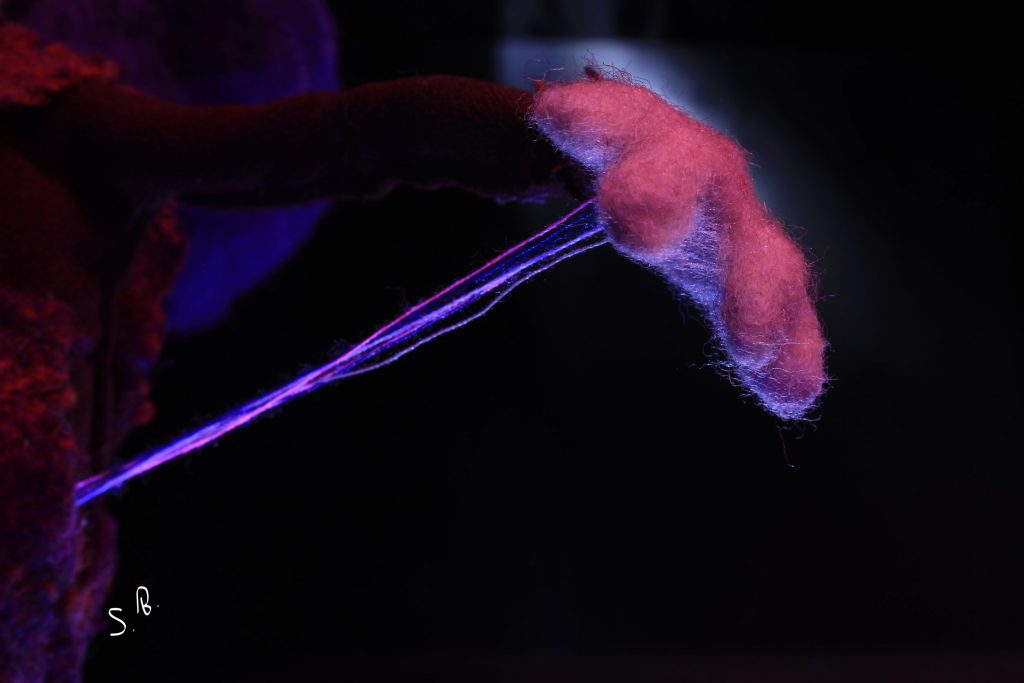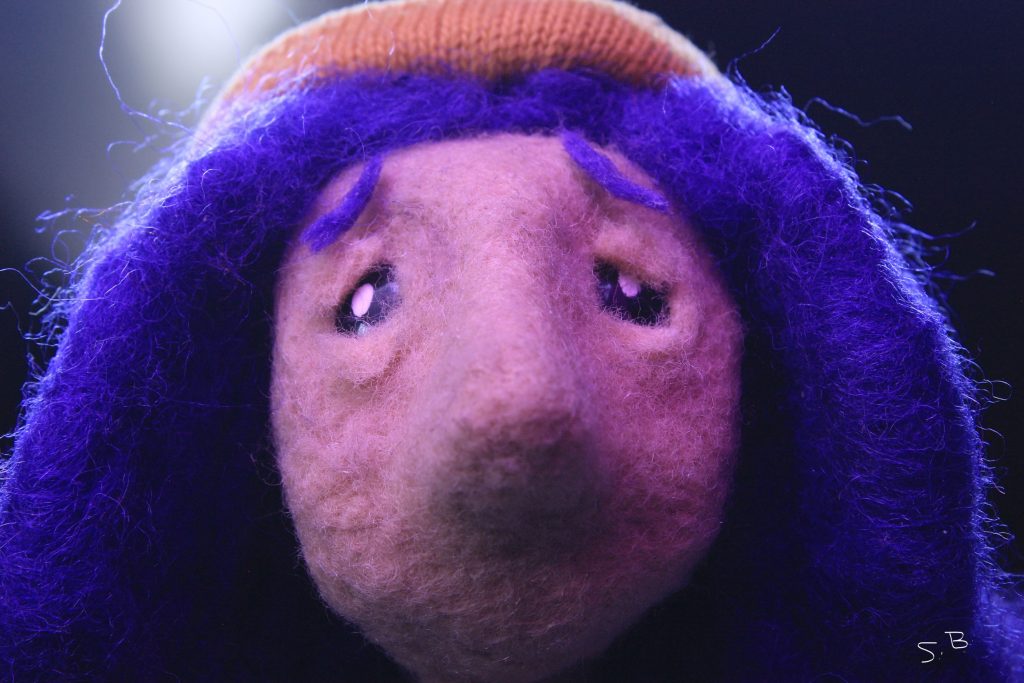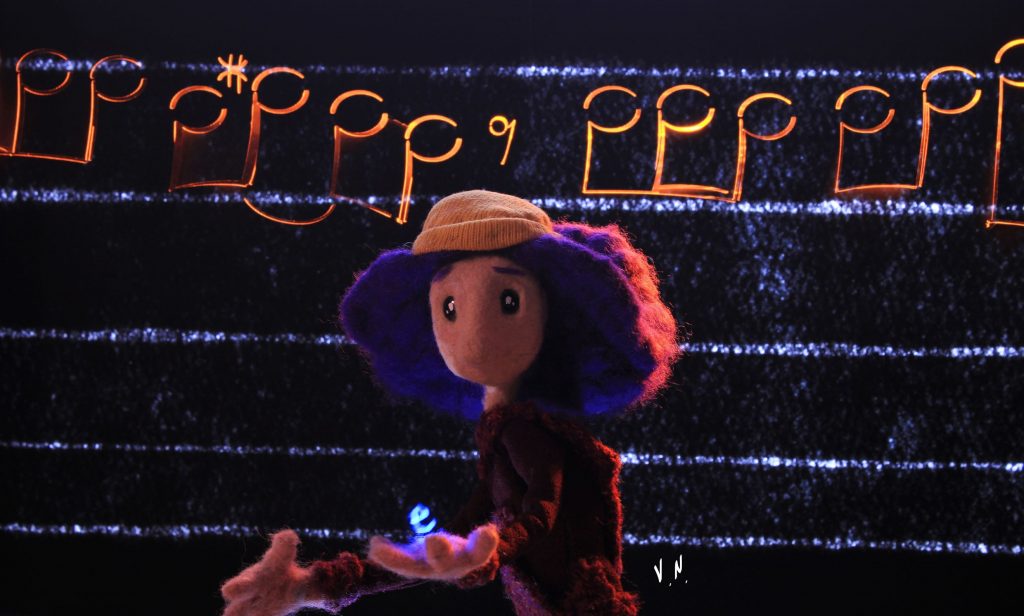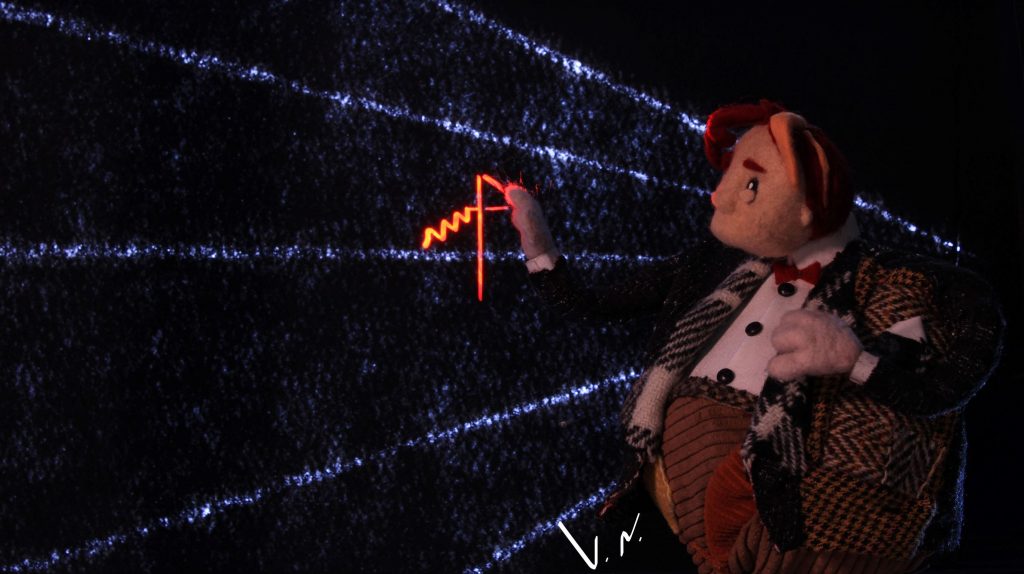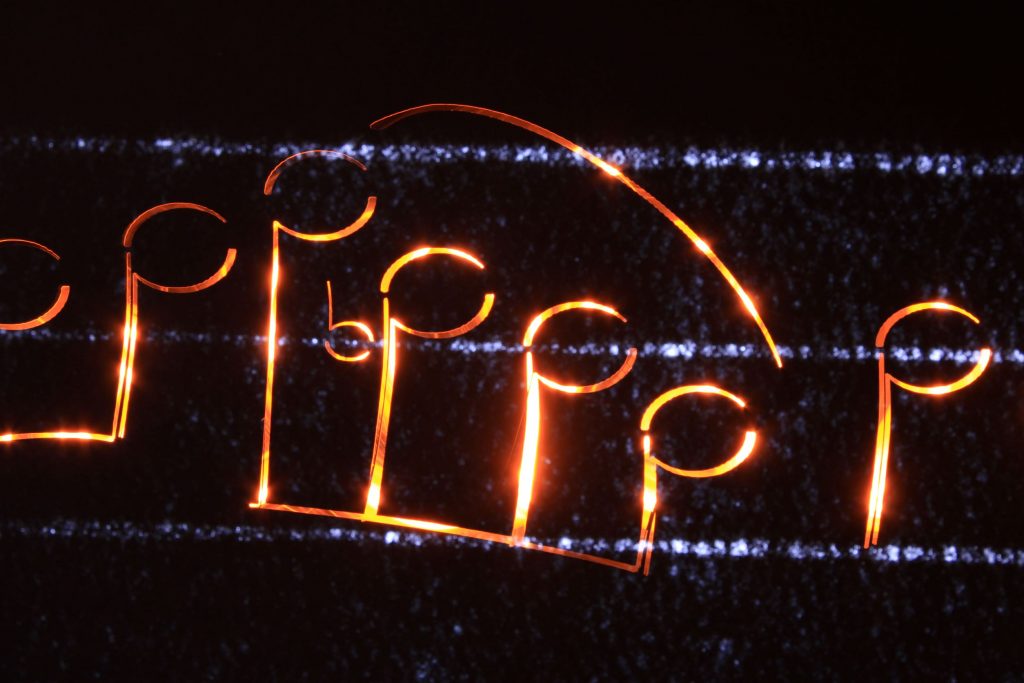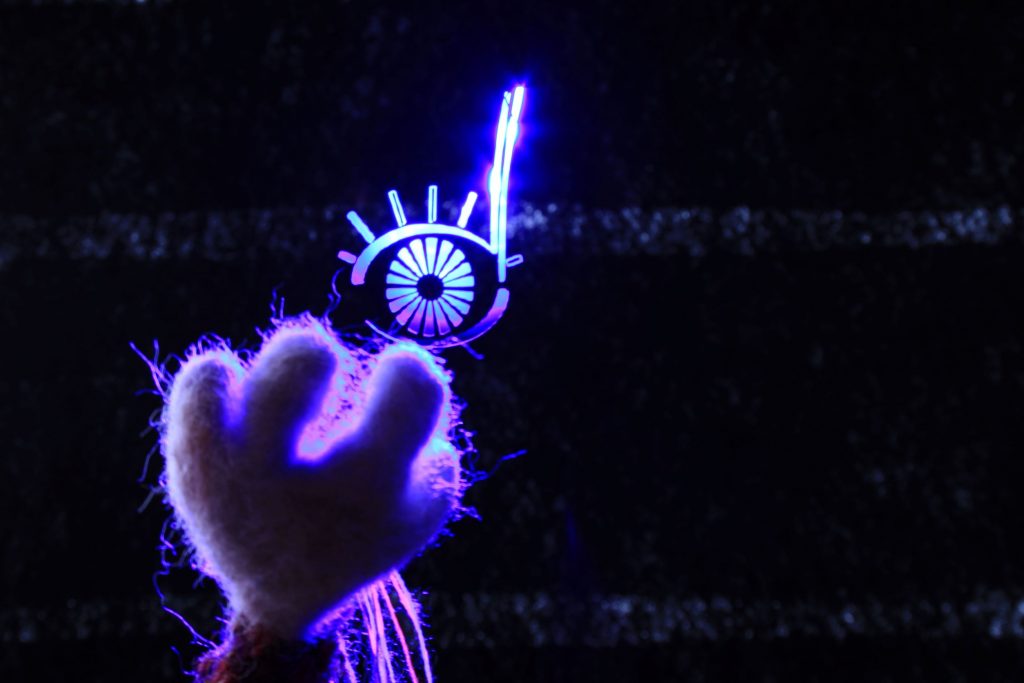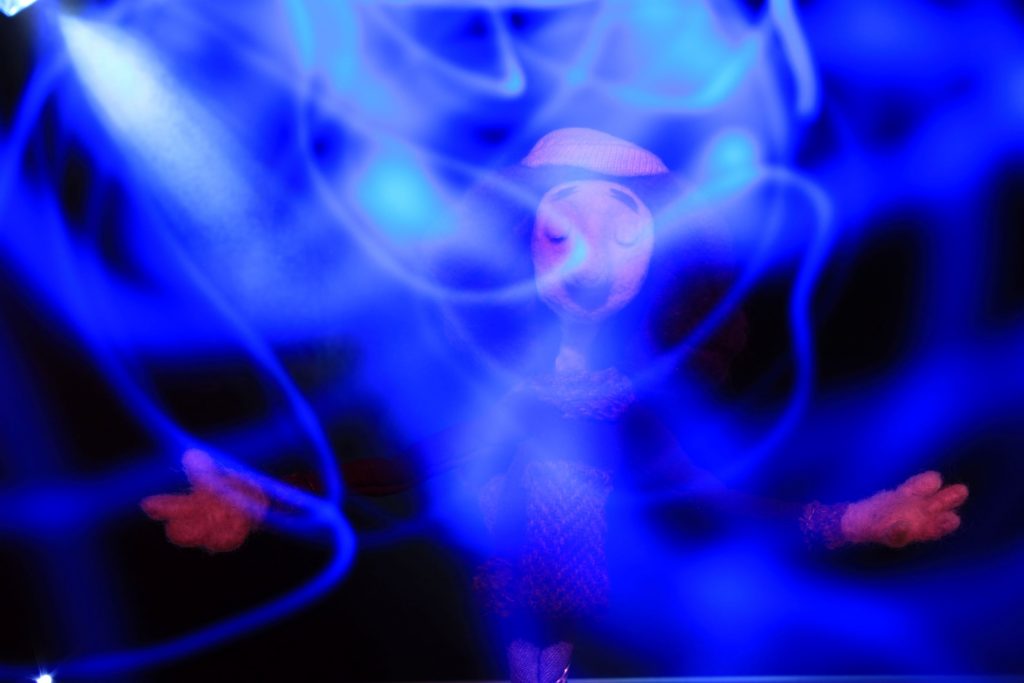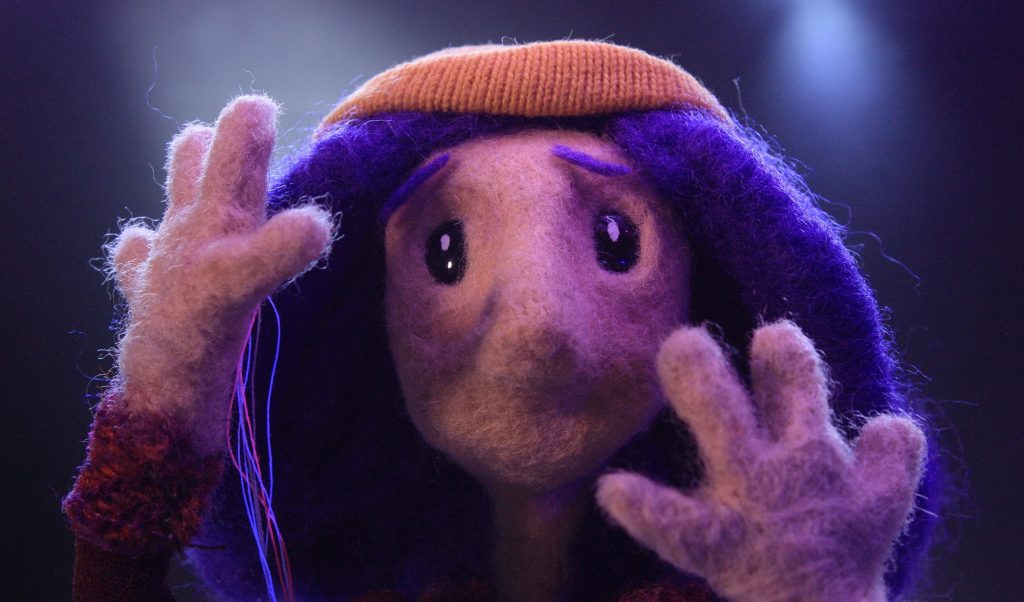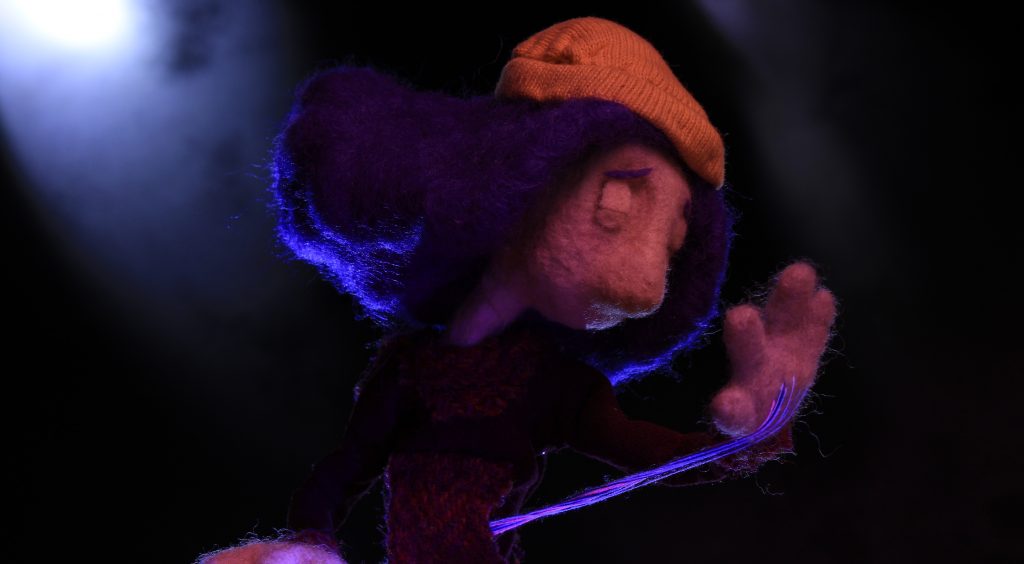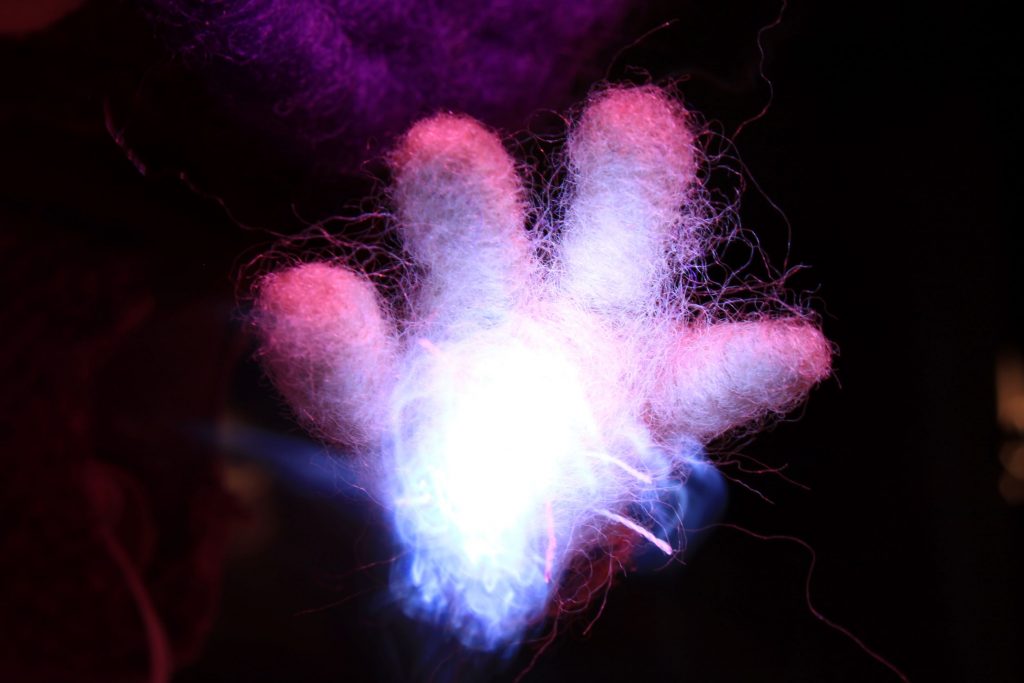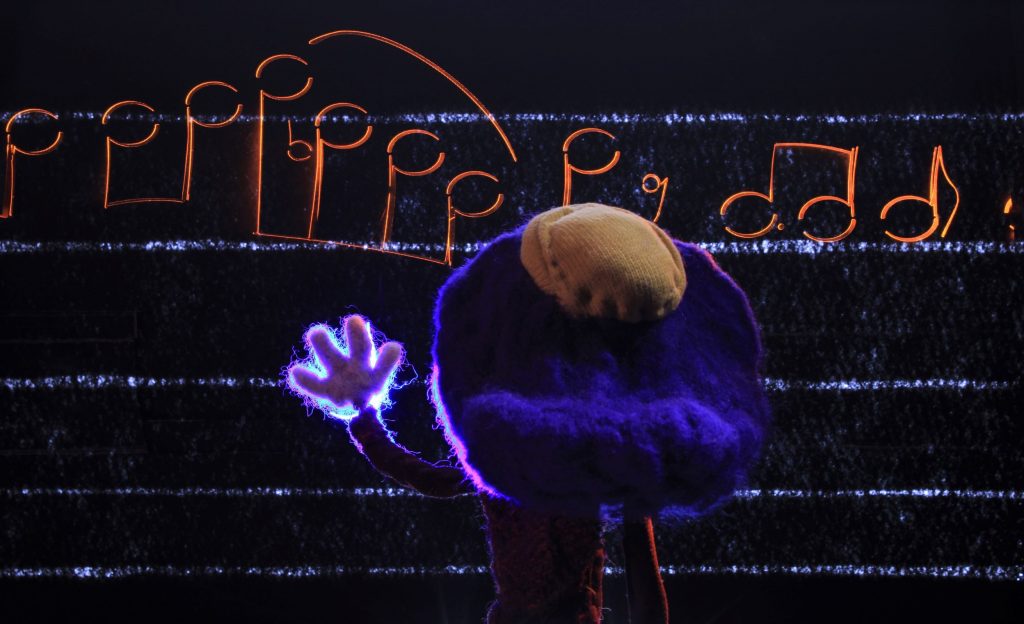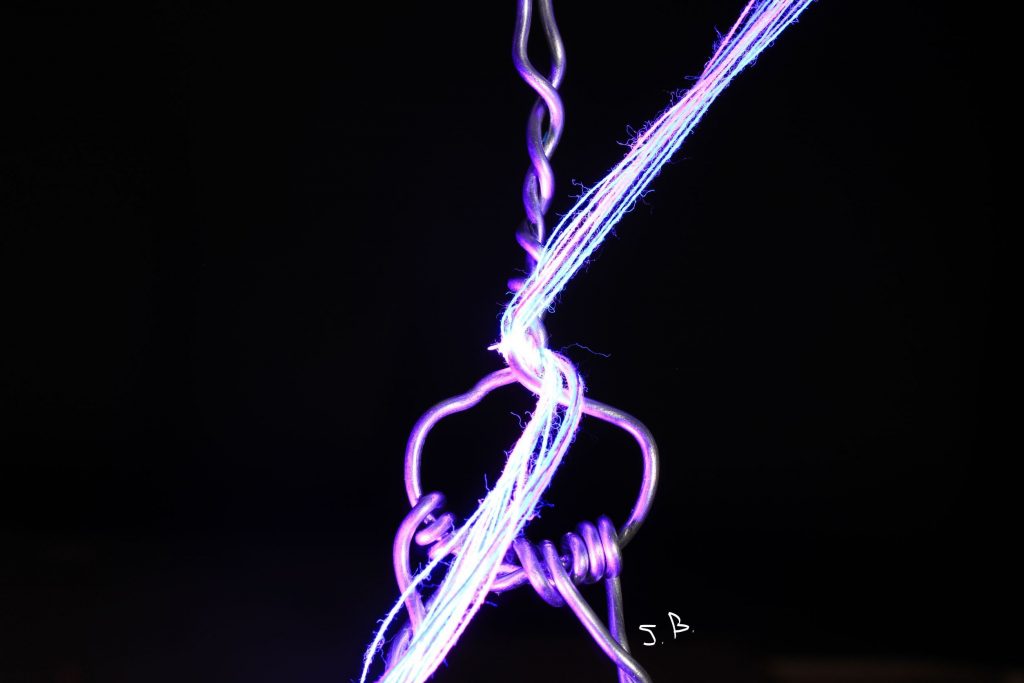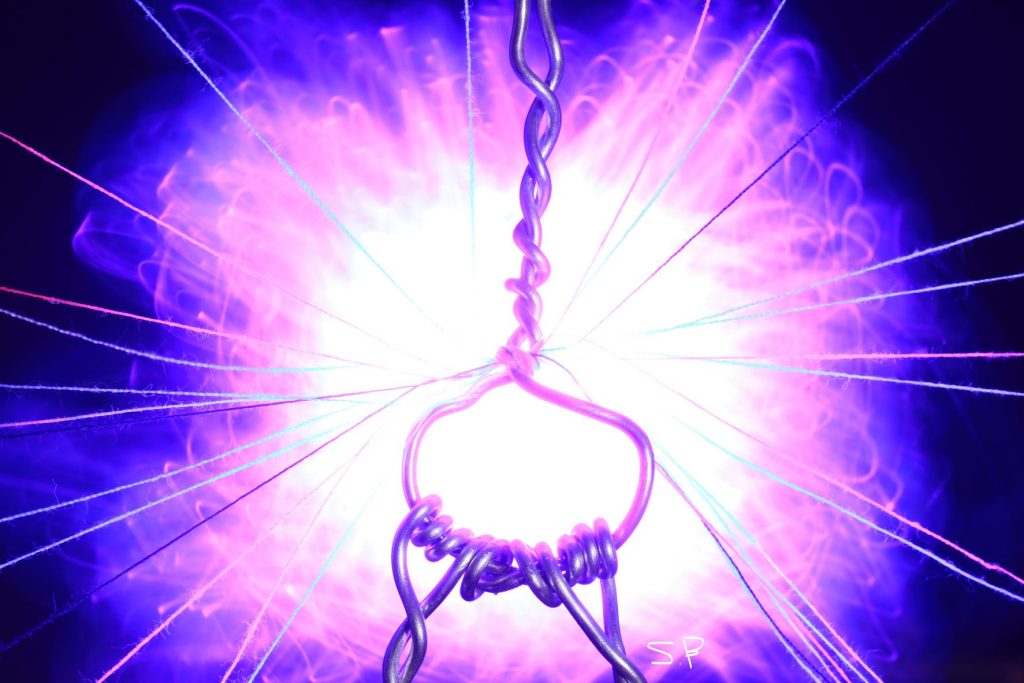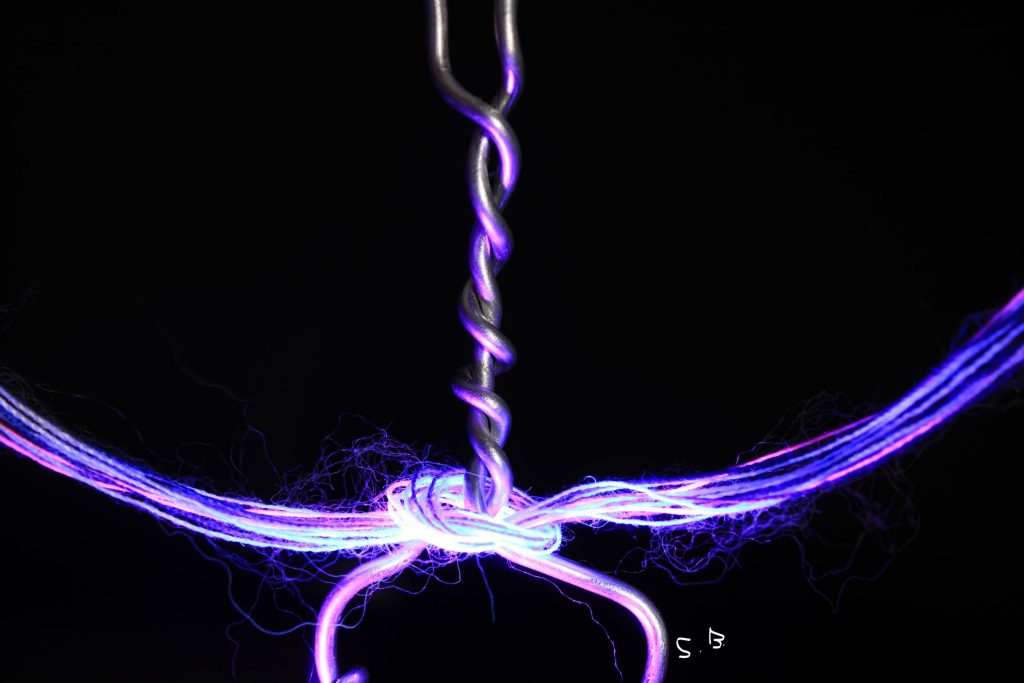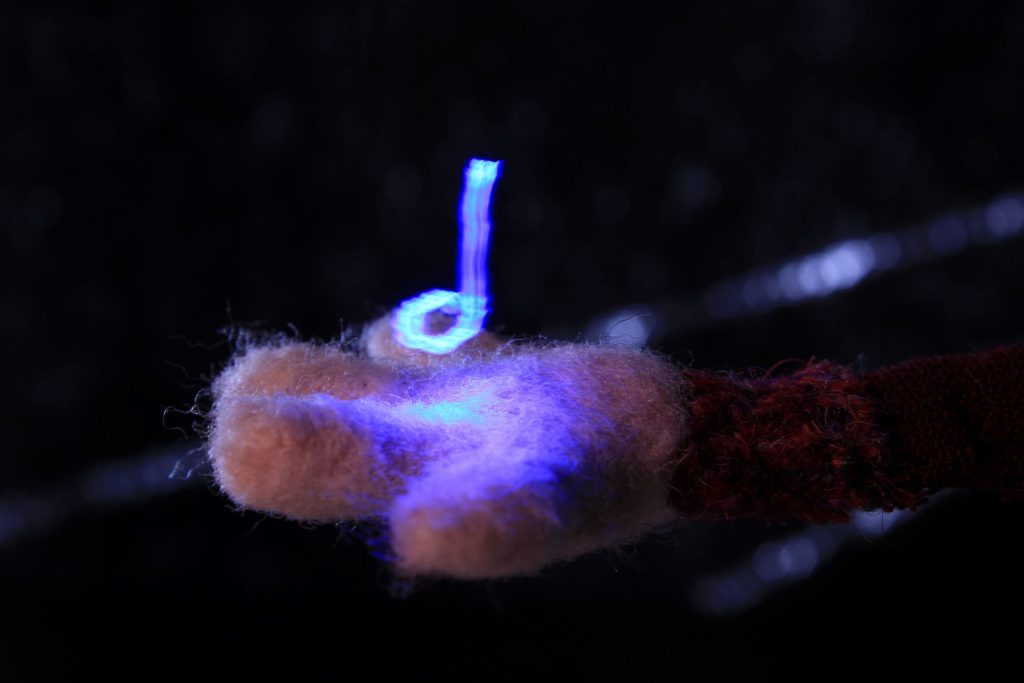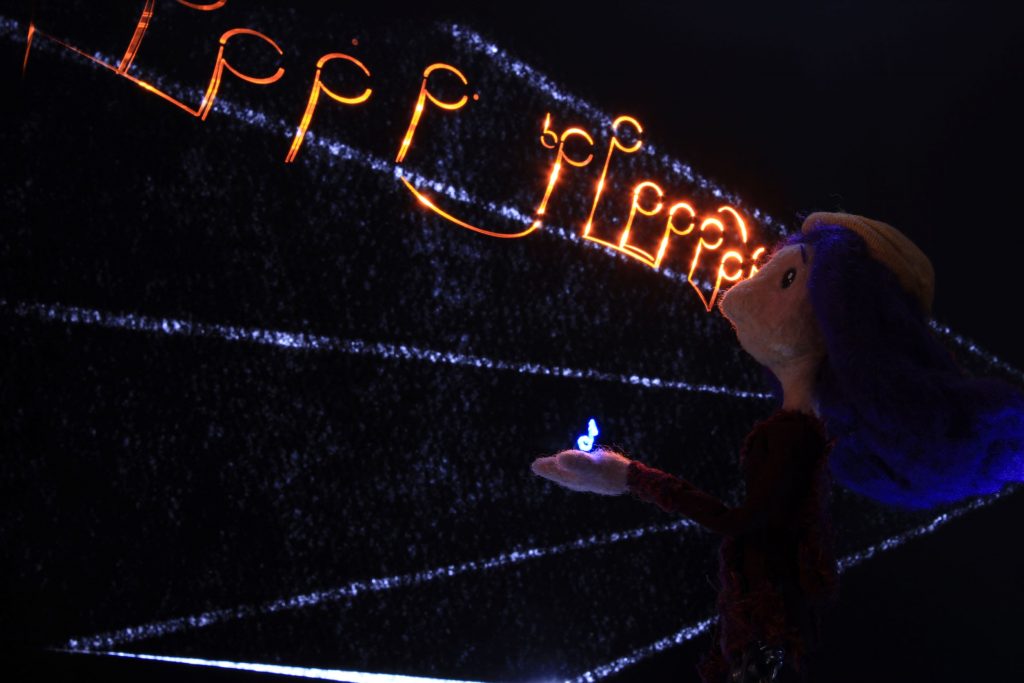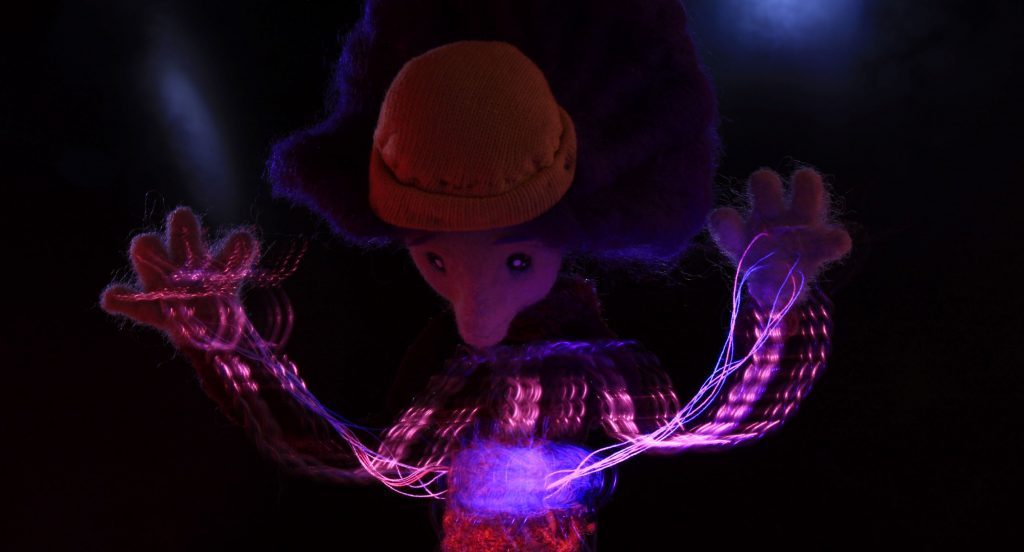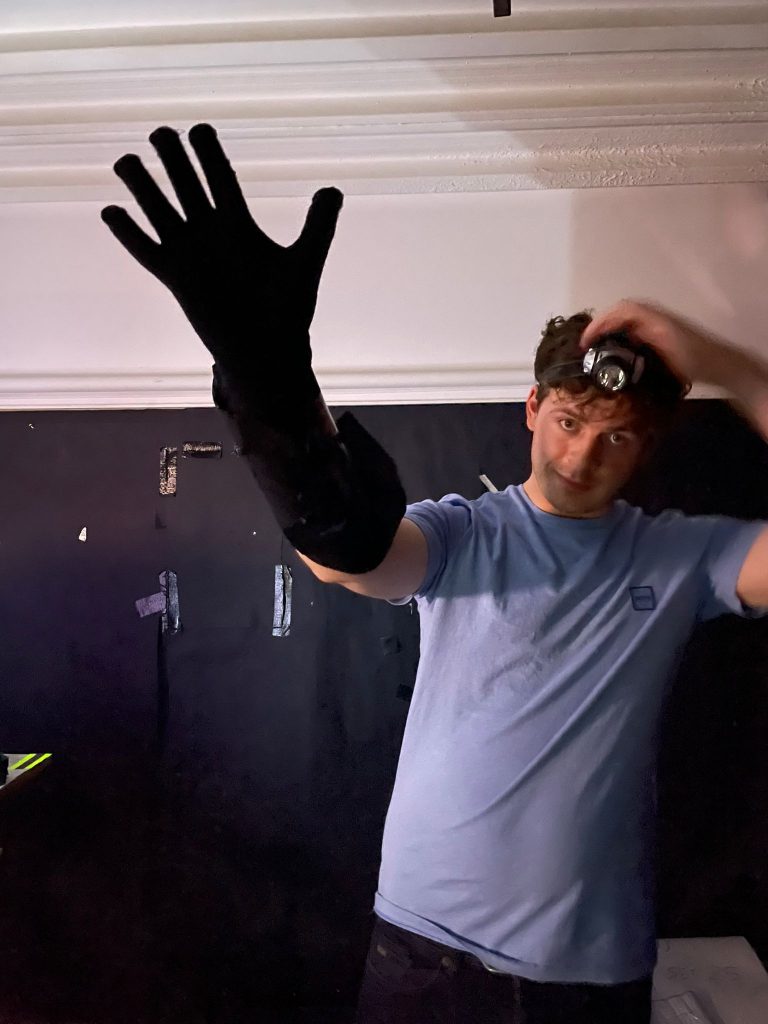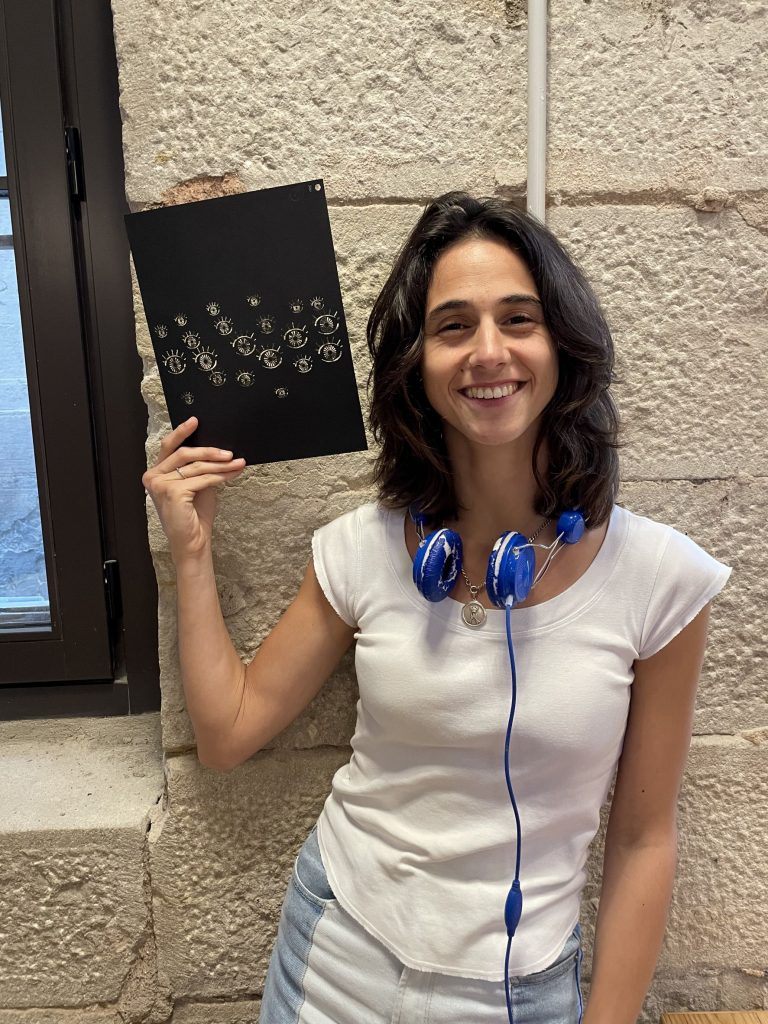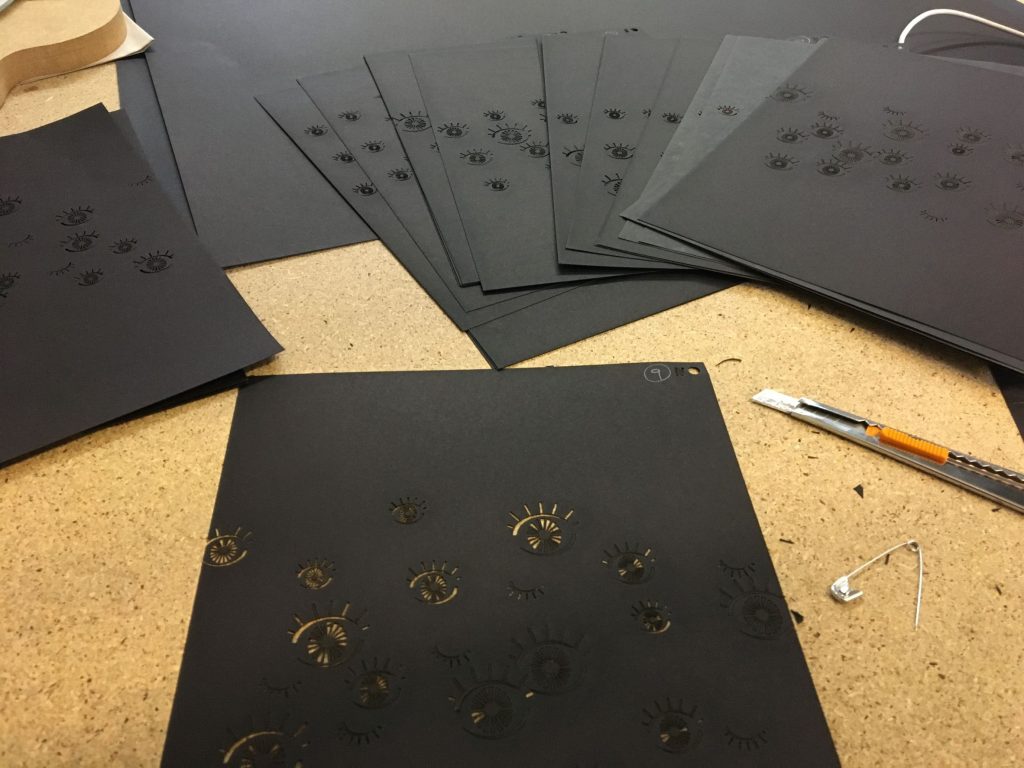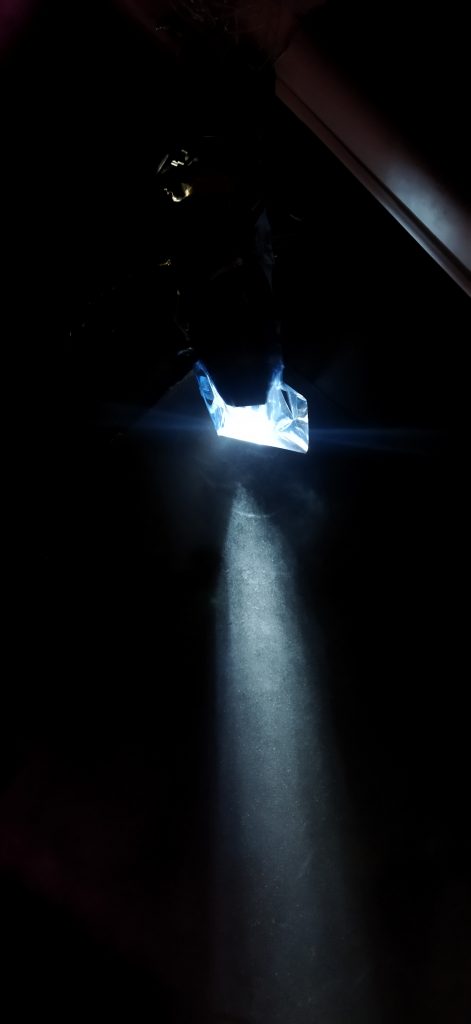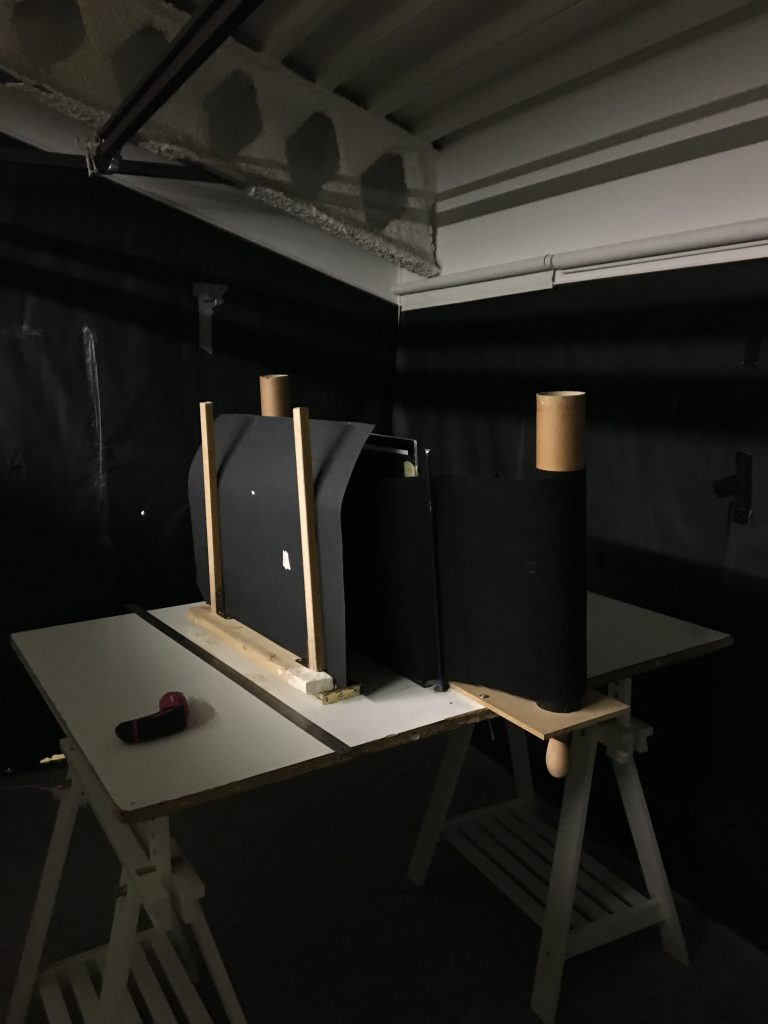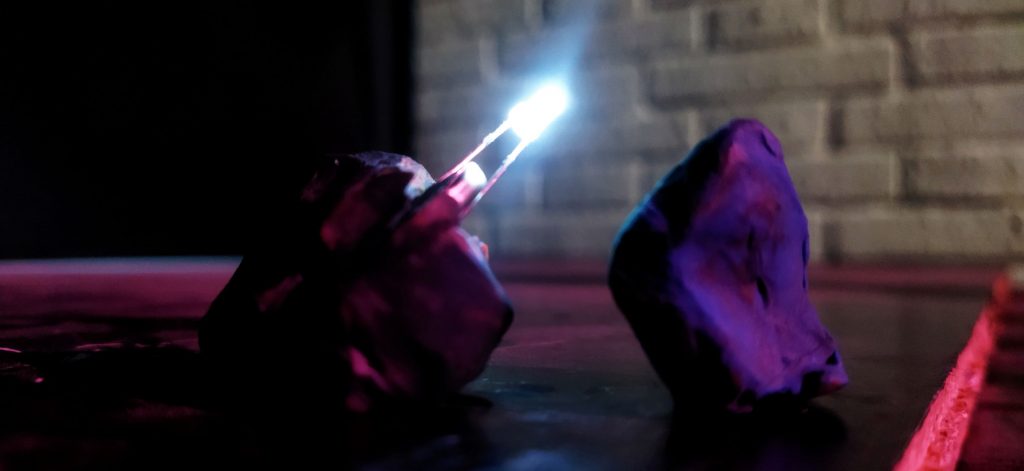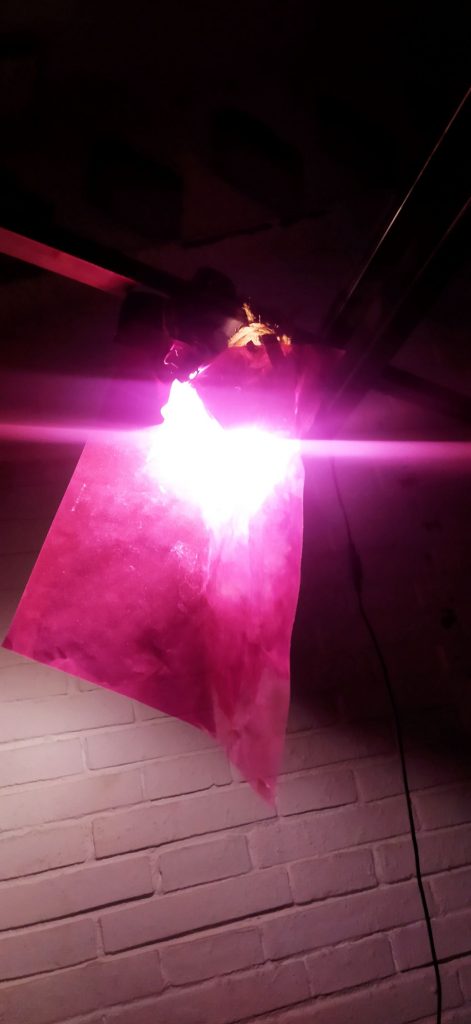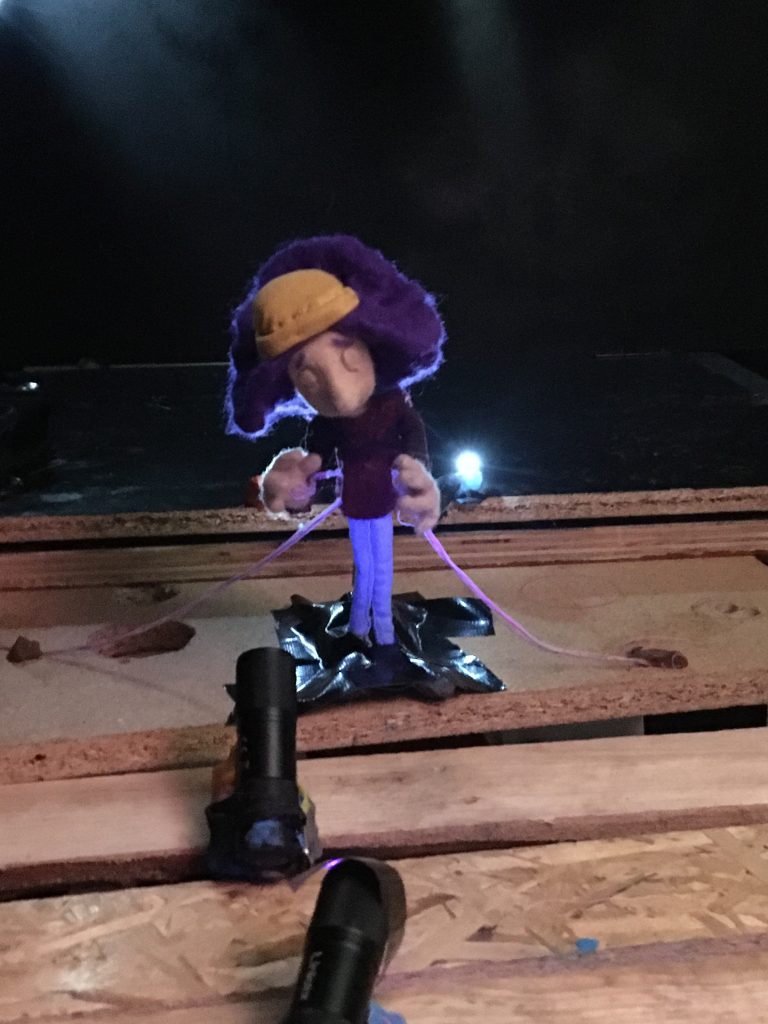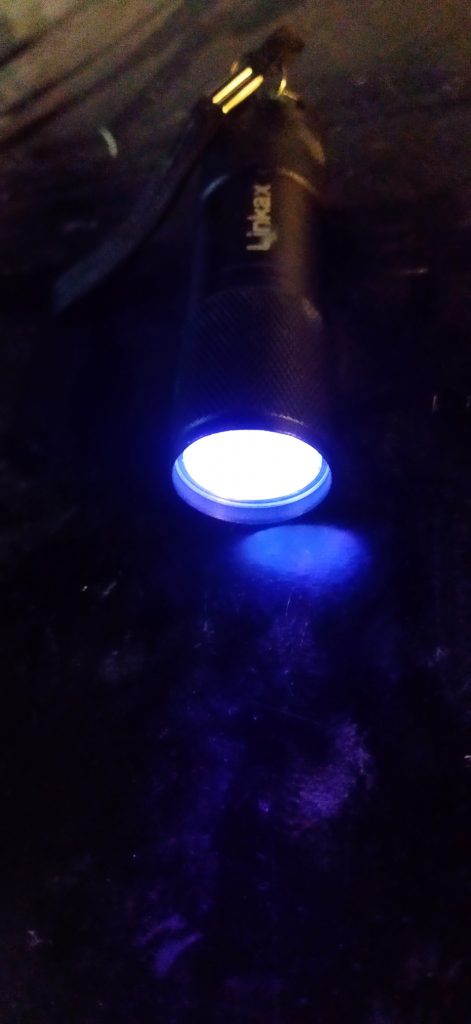VIOLET NOISE – 2022
WATCH THE TRAILER HERE:
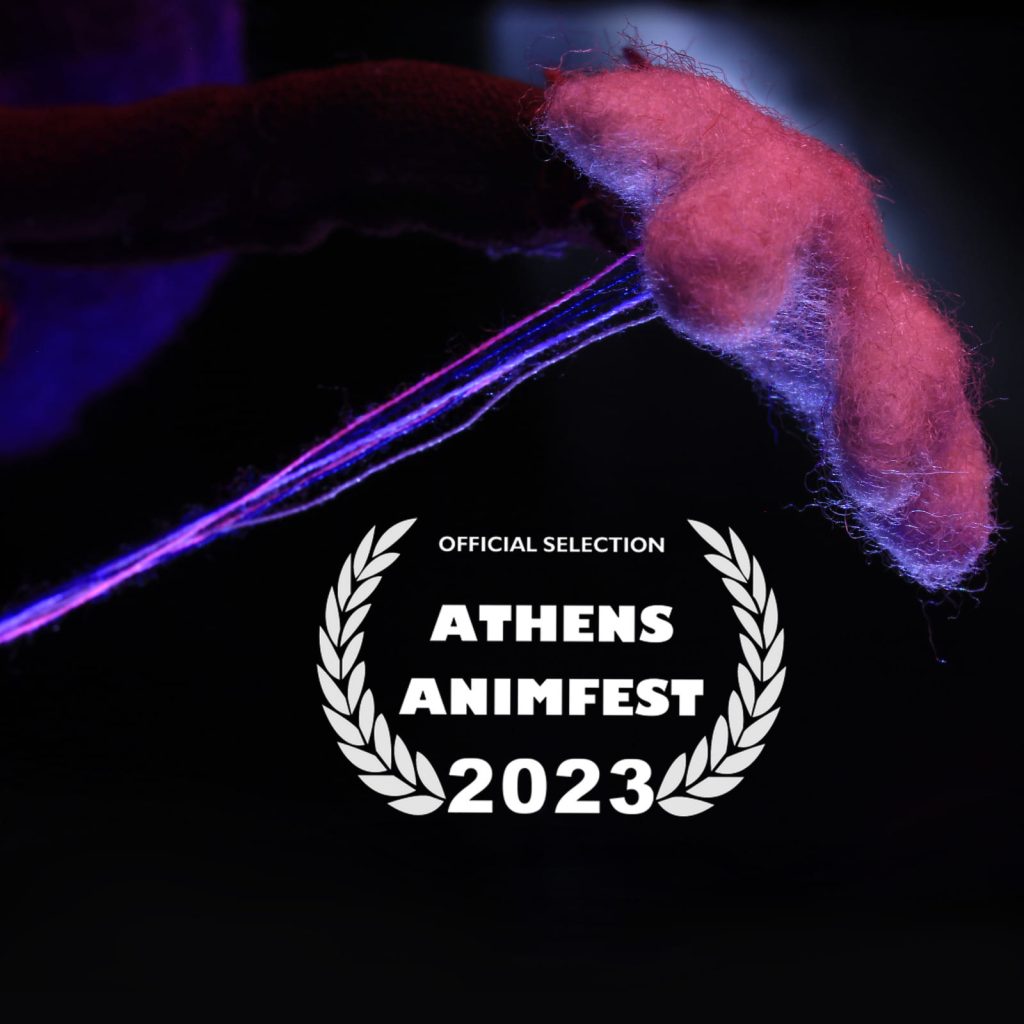
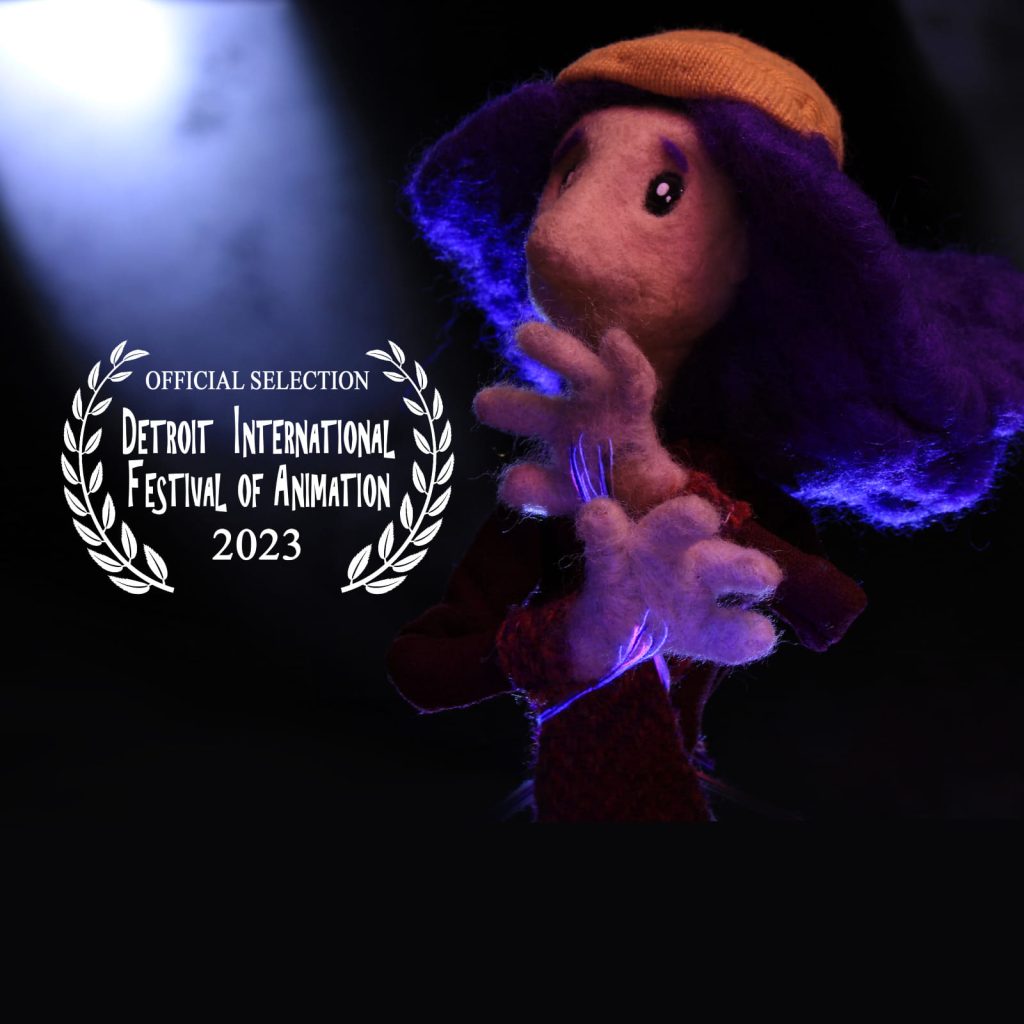
VIOLET NOISE 4.10 minutes, Mixed technique: light painting and puppet animation. February-june 2022 . In collaboration with Leonor Lavradio and Matthew Joyce.
SYNOPSIS In a fantasy world, where the only thing that seems to exist is an infinite stary staff full of notes, young Violet is doing her best to give her contribution to a great musical composition, until she creates something “bad”. Scared of being judged, Violet tries to hide it away, containing it inside of her, but the more she tries to cover it up, the more things become worse for her.
A story about accepting our errors and let’s things flow.
Visualizing the music: the colors of sound Sounds and noises are essential in our story. But how to represent them?
We discovered that in reality frequencies and colors are strictly connected: special frequencies of noise for example, are associated to colors. Everyone knows what a white noise is, and that it is a “relaxing” noise.
Well, there are other “colorful noise”. For example the pink one is relaxing too, while the violet is an irregular disturbing high frequency. So we thought that this could be a good title for our film: “Violet Noise” was born.
Violet could be also a good color for the character, cause it is also used to describe shyness. So all the sounds she would produce would be violet. Following the same direction, Buba, the second character, needed a color, and we found out that brown-red noise is the inverse of the violet one, and it is considered a “good” noise.Our sounds finally had a color.And our characters would live in a world where they would SEE the sounds, would see the noise (without almost having ears).
Behind the scenes
Our passion and curiosity for light painting brought us to investigate the possibilities of this technique.
We saw there were not too many projects using light painting on a little set, usually light painting is used in interaction with people, because of the dimension of the torches and the possibility to control the lights’ shapes.
Investigating the feasibility of doing animation on set was a good challenge.
On dragonframe, we analyzed the possibility of doing two different exposures, one with the puppet and one with the light painting, and later putting them together in post production.
After some trials on set, we decided that the possibility of doing everything with one take was aesthetically more interesting for us to keep the light reflections which interacted with the puppet, and also less time consuming as light painting requires the camera to take a long exposure shot, and doing two takes would mean waiting way more seconds.
However, realizing everything with one take required that we solved many issues, such as:
Fps per second. It is not common to see light painting animation shot alongside puppet animation, which is why this type of animation can usually be shot in less FPS to adapt to the erratic and unstable nature of light paintings. Our film explored how we could create a more stable and fluid animation with light to accompany the puppets and so would be able to shoot in twos and even ones.
Animating the light in twos or ones would require a big precision and in a very little scale.
So we tried to figure out how to do this. For working on a little scale, we bought some mini LED lights. Using some reference point in the space, and a lot of practise aided us in reach a point where we were happily animating light in twos and some even in ones.
Fps per second. It is not common to see light painting animation shot alongside puppet animation, which is why this type of animation can usually be shot in less FPS to adapt to the erratic and unstable nature of light paintings. Our film explored how we could create a more stable and fluid animation with light to accompany the puppets and so would be able to shoot in twos and even ones.
Animating the light in twos or ones would require a big precision and in a very little scale.
So we tried to figure out how to do this. For working on a little scale, we bought some mini LED lights. Using some reference point in the space, and a lot of practise aided us in reach a point where we were happily animating light in twos and some even in ones.
Long exposure. For the light painting we needed a 20 second exposure. This means waiting a lot of time between shots. We realized we had to multiply our work and fast! And so halfway through the project set up 3 workstations (one for each of us) so we could film 3 different shots at the same time, with our 2 Violets and spare arms!
- The longer you spend doing light painting on set, the more you would see the shadow of the hand movement in the picture. We created a kit to animate composed by black gloves and felt arm covers, so as to not reflect light on our arms and hands during the shot – which helped a lot!
- Free light painting creates erratic animations, and we needed some animations (the notes) to be more constant. To be precise in the definition of the notes, we opted for using black stencils, that would give the possibility for the light to go only through pre-prepared holes.
Using the stencil brought about the problem of seeing the black borders of the stencils, because of the different amount of light reaching the different parts of the frame. We solved it by creating each stencil as big as the full frame. In this way the blackness of the card would affect the whole picture in the same way


